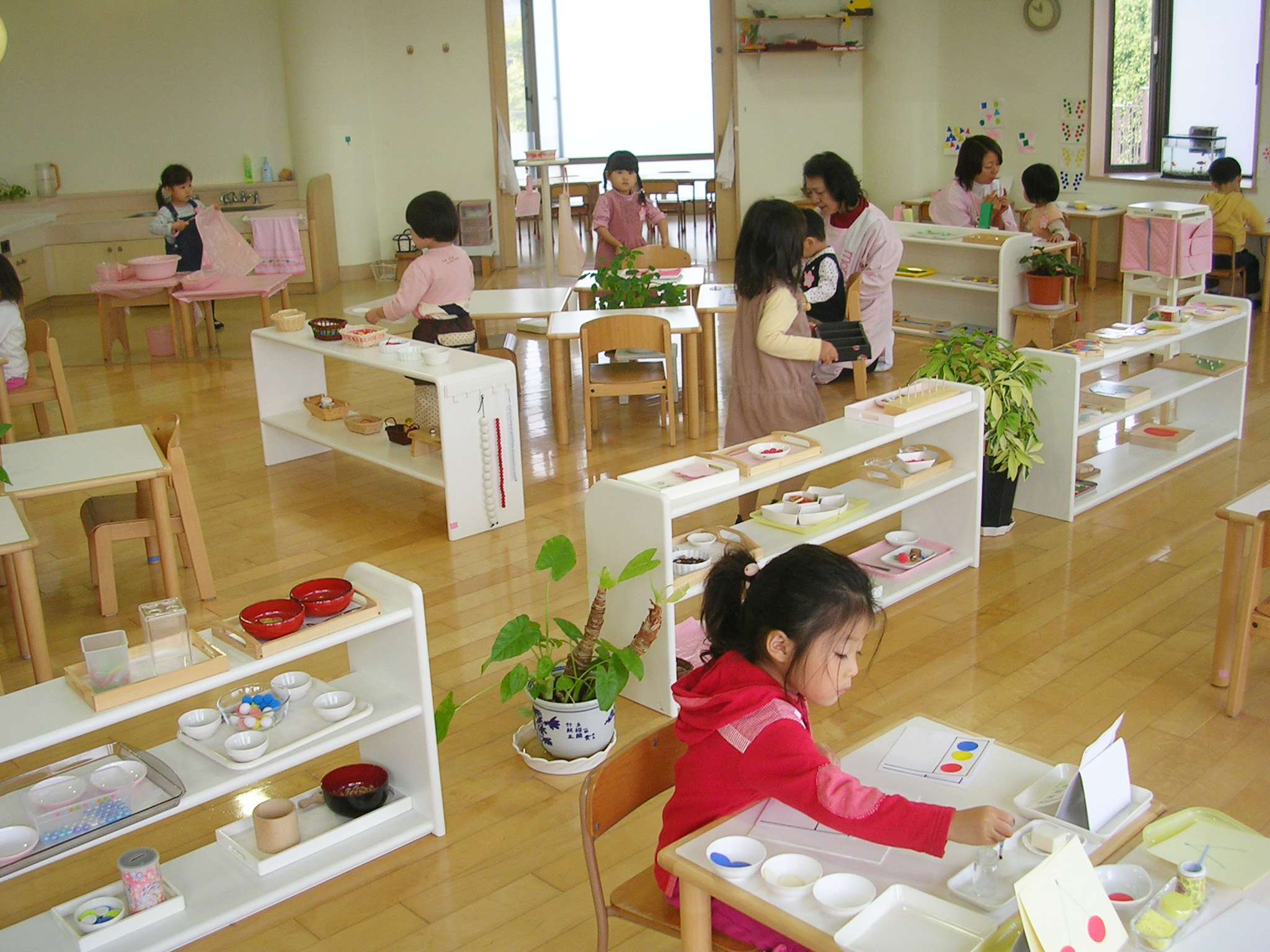
A toddler? Handling a lit candle???
I know, you must think I'm crazy. Most people would. But, with the arrival of the holiday season and plummeting temperatures, my son is continuously exposed to fire. Lit fireplaces and candles litter the landscape of our friends, family, and our home. It's a teachable moment just waiting to happen.
In the Montessori classroom, we give children a lesson in how to handle dangerous objects. Knives, scissors, even pencils, need to be handled a certain way with care so that we don't hurt ourselves. In the environment, we only allow smaller, less dangerous versions of these objects, but we expose the children to them all the same.
Enter fire. With all this exposure to fire, I can see my son's curiosity peeked. Now, my son, in particular, is a cautious child and he understands the concept of hot. As a result of this understanding, he has demonstrated some self restraint in not touching things he knows to be hot. For this reason, understanding his already demonstrated capabilities, I decided that I could support his curiosity of candles.
My son asked me to light the candle, so I thought, why not use the moment to help him understand how to operate safely around fire using a very small amount of fire. I explained that it was hot and could burn ("ouch, boo boo!), but that if he touched the base on the outside, the candle could be moved carefully. I also showed him how to blow out the candle which became an exciting activity. He would try to blow it out and when he succeeded, I lit the candle again (with a lighter which we have explained is "danger" and only Mommy and Daddy can touch). Sometimes he would get frustrated and ask me to assist, but most of the time, he was in love with trying to blow the candle out.
The great thing about exploring something dangerous like fire is that it not only teaches the child safety, but it is an exercise in self-restraint. I would never leave my son alone with a candle; even with his cautious nature, I still see his hand drawn to the flame and have to remind him. But every moment I'm not reminding him and he remembers to control himself is a huge gain for the development of self control and, ultimately, self-discipline.
Even the act of blowing out the candle requires self-restraint, as he can not get too close to the candle with his face. It also allows him to develop the skills require to direct air directionally and with enough force. In the same way that blowing bubbles can help with language development, blowing out a candle helps children develop control over inhaling and exhaling which supports appropriate speech development (speech is the result of controlled breath coupled with appropriate sounds).
I love discovering activities that excite my son while allowing him to develop skills. While this activity requires complete supervision, it gives us something to do together, adding a social aspect with turn taking, expressing excitement when it blows out and disappointment when it doesn't, and enjoying each others company.






